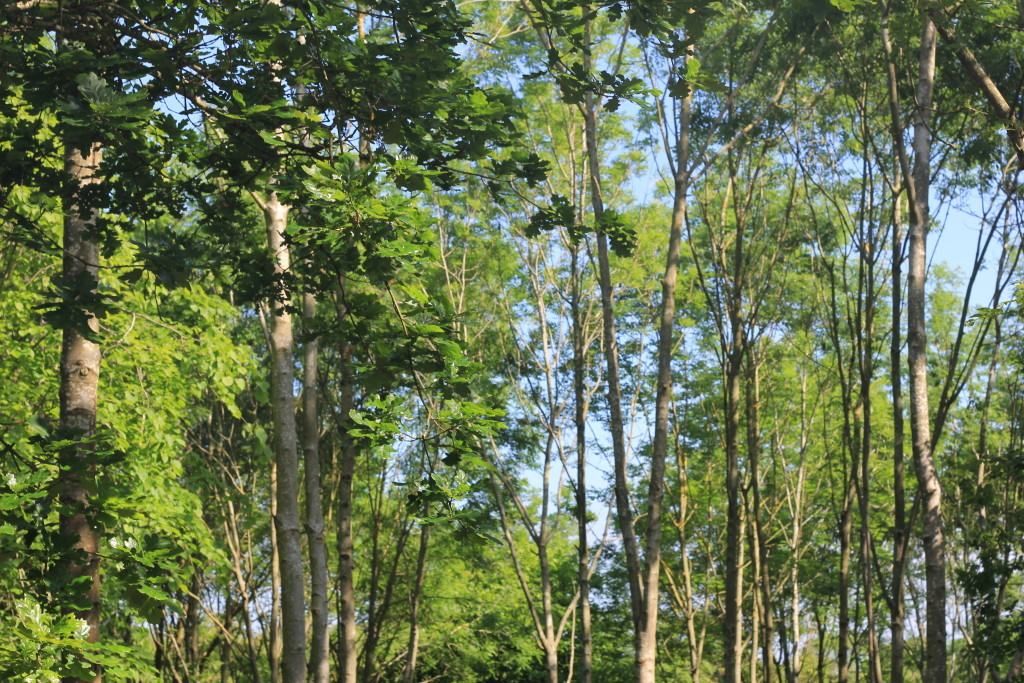Sourcing Wood
Finding your own wood is part of the fun. Don’t just go wondering off into the woods & lopping off branches though! Here’s our guide on what to look for and where to get it.
What wood do I want?
As a general rule the best wood to use for carving is from ‘leafy’ hardwood trees, rather than softwoods such as pines and conifers. Hardwoods will often have a denser grain structure which tends to be nicer to carve, and means that they absorb less moisture, which is important when making something functional like a spoon!
Woods such as Lime, Alder, Willow, Poplar and Birch are very soft to carve, making them perfect for practicing. There’s more to what makes a wood ‘easy’ to carve than how soft it is though. And a lot of the nicest woods are a bit tougher, so experiment and see what you like best!
Some other beautiful woods for carving are Sycamore, Cherry (and other fruit woods), Beech and Rowan. There’s too many wonderful woods to list here, and no two trees are ever the same – Half the fun is discovering the unique qualities for yourself!
Fresher the better
Try to get wood while it’s still ‘green’, meaning it’s still full of moisture. Wood that’s dried out is not so great, reject wood that’s rotten too. Use a fresh piece of wood straight away, or store it at home. Keep it raised off the ground and cover it to shield it from the sun and rain.
Clean and Straight
When you’re carving you’re working with the fibres in the wood. Life is much easier when the grain is straight and free from knots. Look for a straight branch or log, with smooth outer bark and minimal knots or side branches.
Where can I find wood?
A walk in the woods is always nice and you may find a fallen branch that is just the ticket. When you’re luck isn’t on your side though, make friends with your local tree surgeon or park warden.
Tree surgeons are constantly pruning or felling trees, usually because they’re becoming unsafe. So see if you can pop along when they have a job nearby and rescue a nice piece or two from the chipper! Some surgeons will have yard too that you may be able to peruse if you ask nicely.
Park wardens always seem to be very friendly folk, and they’ll often have piles of recently cut branches or logs. These can be a real treasure trove.
If it’s an axe block you’re after, you may need something a bit bigger. Something 1ft in diameter and 2 ft long is perfect for a knee high axe block. Ask a tree surgeon to keep a section back for you when they’re felling a good sized tree, ideally with a flat surface so that it stands nice and vertical without wobbling.



